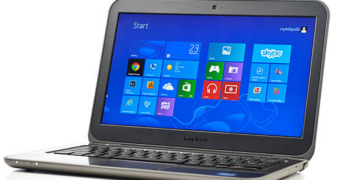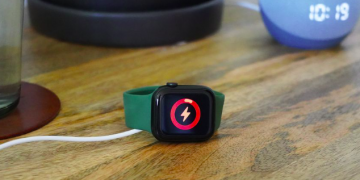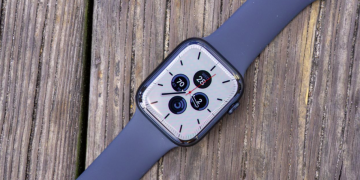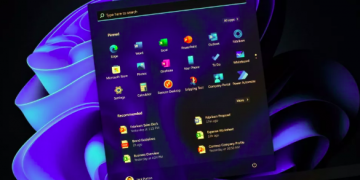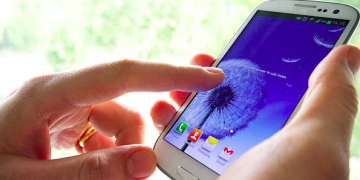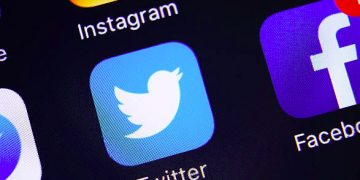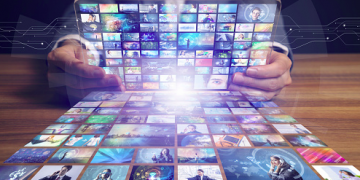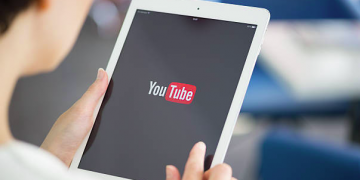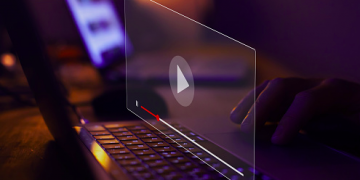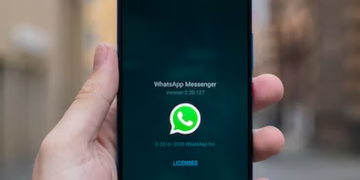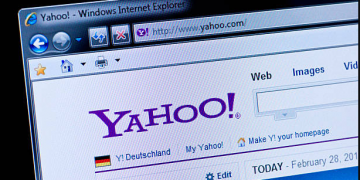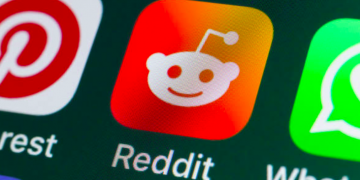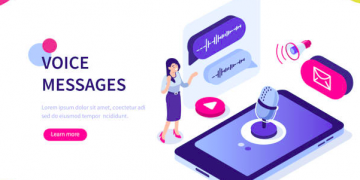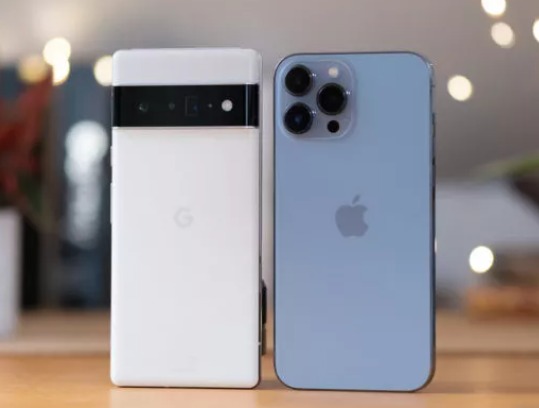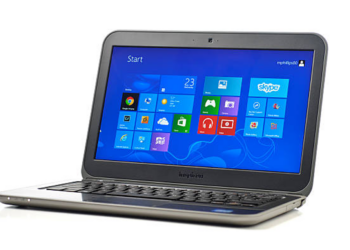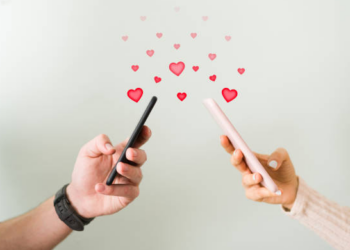At My Forge, we’re able to list a myriad of reasons Android is superior to the mobile OS of Apple by a mile every day. Google’s alternative is an open platform, with a greater choice of value, flexibility, and personalization, just to name a few aspects. If Android is so much superior to iOS, what is it that keeps iOS users stuck with iPhones or iPads?
While some argue that it’s a status and branding issue, we believe that the reasons are more than vanity. We are tech enthusiasts prior to anything else. We must accept that certain aspects of iOS can be superior to Android. Let’s discuss these things.
1. iOS is generally faster and more fluid.
After using both platforms on a daily basis for many years, I’ve had fewer issues with hiccups or downtimes with iOS. Performance is among the aspects iOS generally does better than Android. It’s a bit absurd considering iPhone internals. This is because the iPhone 14 Pro Max is one of the fastest Apple phones, and it has a six-core processor and a capacity of 6GB RAM. The specs would be considered to be mid-range in the current Android smartphones.
I have used both platforms regularly for a long time, I am able to claim to have experienced more hiccups, and fewer slow-downs with iOS.Edgar Cervantes
We often get confused by the specs and tend to neglect to consider the things that matter. The performance of a computer doesn’t just come from strong specifications. There’s more to processing power than speed and cores. clocks. It’s been demonstrated that Apple processors are superior to Qualcomm’s. Our personal Gary Sims explains how in his comprehensive article.
No matter if Apple processors are superior or not, what’s important the most is that iOS is designed to be compatible with the limited devices Apple creates. However, Android is dropped into an ocean of tablets, smartphones, and various other products. It’s the responsibility of OEMs to ensure that the software is optimized to work with the devices, and often makes a mess of it.
Apple’s closed ecosystem allows for better integration, meaning that iPhones don’t require the most powerful specifications to compete with top-of-the-line Android phones. It’s all about the optimization of both software and hardware. Because Apple is in charge of the entire production process from beginning to end, it will ensure that resources are used efficiently. Additionally, developers must adhere to stricter guidelines when they publish their applications, and they don’t need to improve their apps to work on what may appear to be an endless number of devices.
It’s not that every iOS device is superior to any Android device. Certain Android handsets come with powerful internals and incredible performance. In general, iOS devices are faster and smoother than many Android phones with similar costs. For instance, the iPhone 14 can run nearly identically to the most expensive iPhone and starts at a price of $799. Even the less expensive iPhone SE has excellent performance.
2. iOS is super simple to use
Sometimes, what we like about Android is what makes it a less appealing platform for consumers in general. Although Google and its partner manufacturers have made progress in making Android more user-friendly, particularly following Android 12.1.3 but the truth is that it’s still somewhat complicated. The jumbled placement of icons as well as endless settings and complete customization isn’t for all users. Additionally, inconsistency among the different manufacturers creates a learning curve because the majority of Android phones appear and feel distinct from each other.
Apple people are awestruck by the simplicity of their operating system and simplicity, which is among the many things iOS is superior to Android. There’s not much to iOS and that’s one of the reasons why it is so appealing. A lot of iPhone users don’t want an iPhone to play with and modify. They want a phone that’s reliable, simple to use, and get the user to their desired content using the least amount of hassle. This is the reason behind what the “it just works” expression is all about.
With iOS You’ll get homepages with columns and rows of icons. You can arrange it as you want however you don’t have an app drawer that can hide items everything is presented before you. The settings are easy to use and the user experience is identical, regardless of the Apple phone you’re running.
3. Updates on time
The ability to update software is among the things iOS is better at than Android. When your iOS device is eligible to receive the most recent version it will receive it right away when it is released. This is a problem on older models that aren’t able to cope with more demanding iOS versions with ease. This is a different issue and one to be concerned about only if you own an extremely old Apple device, however.
The updating process isn’t effortless with the Google Android ecosystem. Google offers only direct updates to its own devices, such as the Pixel 6 series or the Pixel Series as well as Pixel 6a as well as those that have failed in getting updates on time at times.
Manufacturers such as Samsung, Sony, Motorola, and others must download updates from Google to modify it, adjust it to your device, and finally distribute it. In many cases, carriers must undergo the same process and this ensures that you will receive updates late and sometimes even months further down the road… If ever.
4. The Apple ecosystem
This could be a bit more of a tie since Google has become much more adept in integrating its services on devices over the last few years. However, Apple products like iPhones, iPods, Apple TVs, Apple Watches, and Mac computers are seamlessly linked to iCloud, iMessage, FaceTime, and many other services offered by Apple. However, Google offers its own services which are also great but they come with a steep slow learning curve and aren’t as easily connected.
Certain of the applications required to connect to some of the core Google services aren’t available for download which means users have to look for them on the Google Play Store. Google Play Store. This may not be an issue to the majority of us who are tech-savvy, however, it can be a daunting process for certain users, or at the very minimum, it’s a source of irritation.
In terms of app stores in general, the Apple App Store is substantially superior, organized, and more tightly controlled than the Google Play Store. Developers seeking to put their apps featured on the App Store need to go through a lengthy and costly list of tests and procedures, however, it results in a net rise in the overall standard in iOS apps. App Stores are generally more reliable. Apple App Store is generally more streamlined, contains fewer ads, and has amazing extra features like guides, interviews, more app lists, and more. The garden may be a garden that is walled; however it’s a secure, well-known, easy-to-use garden in the same way.
5. Security (for now)
With Google’s security updates being more consistent, this issue hasn’t been as divided as it was in the past. Google has been working to secure its Google Play Store and add security measures to ensure that your devices as well as your personal information are safe. These include things like sandboxing and two-step verification, Google Play Protect, further controlled app permissions, and much more. These updates, in conjunction with greater informed users, create more extremely secure Android security features that begin to challenge iOS. We’ve put together an entire guide to protecting the privacy of your data on Android which is why you should go through it to stay up to date.
The question of whether iOS is more secure than Android in terms of security is currently open to debate, but there is a consensus that gives Apple the advantage. iOS offers more reliable updates across all devices, an uninvolved environment that is difficult to break into, and a much more secure app store. These factors make it difficult for attackers to attack iOS users.
6. Apple CarPlay
Whatever number of times I try to give Android Auto an opportunity and fail, I always go over to Apple CarPlay. Sometimes I even carry my iPhone just to play with CarPlay!
Apple’s alternative comes with neatly laid out icons. You can drag these icons to prioritize your most used apps for quick access. Sounds familiar? Yes, it functions as iOS on a smartphone or tablet! There are some things that are a bit snoozer, but the overall experience is more consistent.
Android Auto has moved away from its purely random interface that was built on recommendations. It’s now more like Apple Carplay, as it includes a list of apps that you can use. It’s still somewhat complicated, however. In addition, Android Auto’s performance appears to be a bit behind even though it has one of the fastest smartphones available.
Google Assistant does a significantly superior performance than Siri however that feature isn’t enough to keep me away from Apple’s car-to-car solution. Apple CarPlay is sleeker and more user-friendly and more useful.
7. Superior support
Apple is the leader in tech support for customers. AppleCare may seem costly however, the claims regarding iOS devices are a breeze. If you’re in a nearby Apple Store, you can typically leave with a brand-new device within a matter of minutes.
Talking about Apple Stores whether you love them or not The retail stores at Apple feature a distinctive style that a lot of retailers have tried to emulate. The open layout attracts you the moment you step foot in. Staff members are ready to assist you with any purchase or trouble. There are even classes that are free and will teach users how to utilize Apple devices.
There is no perfect company however owning an iOS smartphone or tablet outdoes your competition should you experience any problems with it. There is no need to search through different carriers, search for strange customer service numbers and complete online forms and faxes, or sit waiting for long times and then talk to a machine or wait for weeks for the solution or replacement. Visit your local Apple Store and enjoy their popular customer service. Simple to do.
8. Resale value
The affordability of a product isn’t exactly an aspect iOS can do better than Android however, Apple has an advantage in the market over the majority of its mobile rivals. iPhones, iPads, as well as other Apple products, usually retain their value more than Android products. This means that you are able to sell them at a higher price when you’re ready to move on to other devices. Also, because Apple products are so well-known that they sell out quickly.
iPhones, iPads, and various Apple products generally have a higher value in comparison to Android products. Edgar Cervantes
Let’s set things in the context of real-world scenarios. It’s the iPhone 11 Pro Max launched in September 2019 at $1,099. It’s currently selling for between $350 and $500 in good condition today. This is roughly 32 percent of the 45% initial value. Its Samsung Galaxy Note 10 Plus was released in August and retails for $1,099. It is available for sale at prices ranging from $200-$350 on eBay. This is equivalent to 18%-32% of the initial value. Big difference, right?
Be aware that this model is the best-case scenario that can be used for Android. Samsung is another company that has a higher value than its competitors. The price of resales favors Apple significantly more than other smaller Android makers.
9. Apple AirTags
Another aspect iOS has done superior to Android can boast of is Bluetooth trackers. These little devices can locate and track objects. There are many examples of Samsung, Tile, and other companies launching quite similar Bluetooth trackers and you could argue that they’re superior in some aspects however Apple is unique in that it has features no other rival can beat. Apple’s range of devices offers greater coverage everywhere you travel.
The problem is that these trackers are restricted in terms of the devices that monitor them. Samsung Galaxy SmartTags are only compatible with Samsung devices. Trackers for tiles are only accessible by users of the app. Apple AirTags are also tracked by only Apple devices. The difference is the way Apple products are so well-known that any tracker can be near an iPhone anyplace it’s.
Apple AirTags can also be integrated with iOS. It’s basically an operating system feature and does not require additional applications or downloads. The setup process is simple and simple, and it works just by pressing your iPhone onto it. The greatest part is that although AirTags is a little more than other products, the difference isn’t too much, and the product ends in a superior product in the end.
10. Contactless payments
Google Pay works very well, however, the app is a bit more complicated and often isn’t available on Android phones! Google Pay has been pushed to the position of a backseat and is not receiving much attention, including from Google.
In the end, all contactless payment solutions work fine, however, Apple Pay seems to be the best-looking choice available. It works flawlessly across Apple-branded smartphones, tablets as well as smartwatches. Apple Pay can also be more than just a credit card company, particularly the smaller ones, who are the ones that typically avoid Google Pay and other solutions. Apple Pay is also accepted by more than 90% of retailers within the USA.
Additionally, Apple now offers its credit card which comes with quite a few advantages. First, you’ll receive 2% cashback on Apple Pay purchases, and the Apple Card only works with iOS. There are some who are cautious before getting rid of using the Apple Card and moving to an Android device.
We can agree Apple does a lot right, but there are still some things we wish they did differently. Learn more about these shortcomings and join the conversation in our post about what we want to see from Apple in 2022.

